Tips for caring for indoor plants in summer
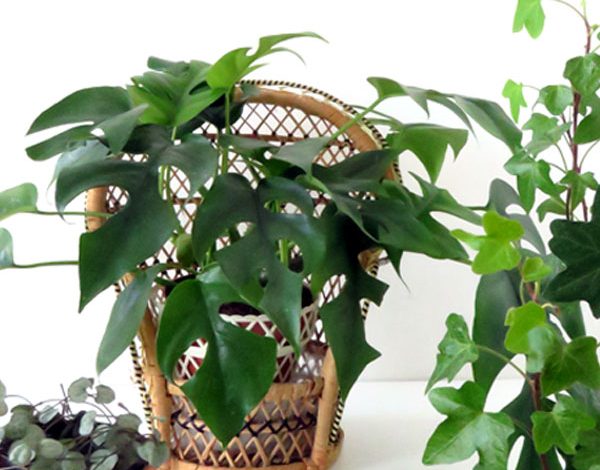

It is one of the common concerns among plant lovers. Knowing how to care for indoor plants in summer is essential to ensure their well-being. A time of year in which it is convenient to take extreme precautions to avoid the disgust of seeing how our plants are damaged beyond repair. And no: we are not only referring to the consequences of not knowing how to organize your irrigation on vacation. The thing goes much further.
Given that many of the indoor plants that we have are of tropical origin, we tend to fall into the mistake of thinking that high temperatures can be allies for their growth. And we say mistake because, even more than winter, summer is the most dangerous season for them. In both seasons, whether due to cold or heat, temperatures are extreme. And not only that. Summer inside our homes has other important enemies, such as air conditioning. A necessary companion during the months of high temperatures that, however, can take a very expensive toll on our nature.
For all these reasons, there is nothing like keeping in mind how to care for indoor plants in summer. Some simple tips to apply that will also allow us to fully enjoy the long-awaited sunny months.
5 TIPS AND TRICKS TO TAKE CARE OF INDOOR PLANTS IN SUMMER
Caring for indoor plants in summer involves, first of all, knowing what their main dangers are. And there is more to the margin of the effects that we mentioned of the air conditioning, which is still a current of cold that can compromise your health.
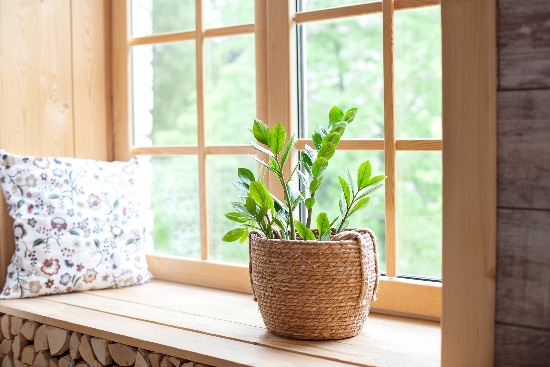
Apart from this, we must consider that our vacation absence not only forces us to know how to water pots on vacation. It also carries another important enemy for our indoor plants: heat condensation. One that can ruin our plants not only because the temperature inside our house rises and, therefore, the need for hydration increases. In addition, that heat will dry the environment to the point that we will need to know how to revive a dry plant after the holidays; and it will not even be a guarantee of achieving it.
Having this clear, let’s see what our indoor plants need from us in summer.
1. Watering indoor plants in summer, the key
The basic essential for your survival. But be careful because, although the heat increases the watering needs of our plants, it is more than common for that “the more, the better” that we sometimes apply to take its toll. For this reason and in addition to thoroughly knowing the needs of each of our plants, it is essential to water effectively. And not only so that our plants hydrate properly: also to avoid wasting water unnecessarily.
How, then, to ensure that the watering of indoor plants in summer is efficient? Let’s see some tips to achieve it.
Water deeply and slowly
Let’s discard the «the more, the better» and the rush! High temperatures bring with them an increase in evaporation, so when we water as usual, we can believe that our plant needs more by seeing how much accumulates in the tray below. What is our reaction when this happens? Water abundantly again. A logical gesture that, however, is one of the most common mistakes when caring for plants that can damage them.
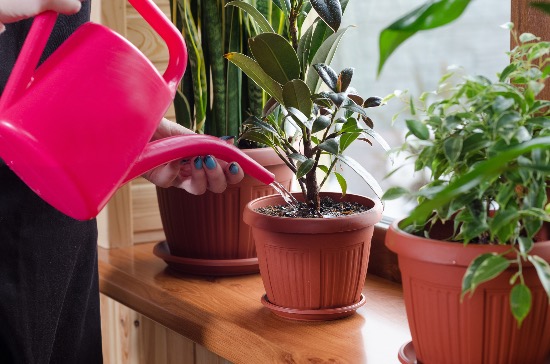
When our plant expels the irrigation water, it is more than likely that, if the substrate is dry as a result of the heat, it will not be able to absorb what it needs. Avoiding that it is not well hydrated or, even, that we flood it, compromising its life, involves watering slowly and allowing the roots to soak properly. This way we will be giving our plant the right amount of water it needs.
Water when the plant needs it
Do not get carried away by appearances: even if the surface layer of the substrate is dry, you should not be guided by it. The ideal is to insert a finger into the substrate to check its humidity before taking the watering can out for a walk.
Set a time to water and always in less hot hours
The best way to avoid forgetting and to take advantage of the irrigation water in conditions! To avoid the evaporation that we were talking about, the ideal is to water early in the morning or when the sun has already gone down.
Plan your irrigation if you go on vacation
Absolutely crucial! Team up with pot and vacation irrigation systems to keep your plants in perfect condition even when you’re away.
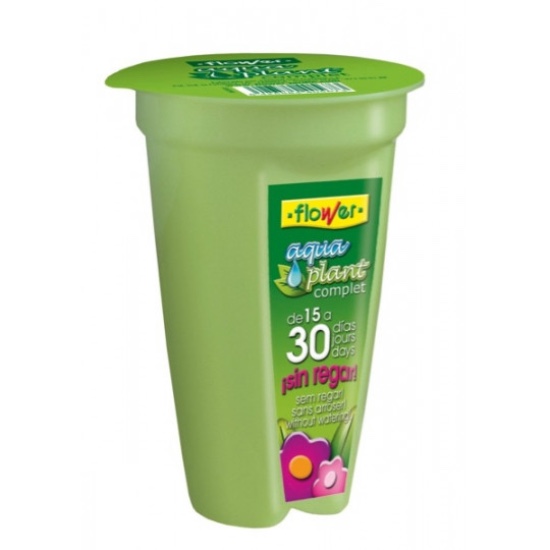
Water according to the type of pot
Fundamental! The different types of pots have their advantages and disadvantages. Something that we must contemplate when it comes to watering effectively in summer. While the plastic ones conserve more moisture, the clay ones help its evaporation. A detail that we must consider when watering and depending on the type of plant.
Whether our pots are porous or have a wide mouth, we will have to water a little more. In both cases, evaporation is greater.
2. Environmental humidity, essential with or without us at home
As we said, heat dehydrates the environment and the air we breathe. Something that, logically, will affect a lot! to our indoor plants. Providing them with a humid atmosphere will be essential for their survival but also for them to maintain their characteristic beauty.
If we are at home in summer, we can keep them hydrated by spraying water on their leaves on a regular basis if the plant supports it. Something that we can also achieve with the use of a fogger that guarantees that much-needed degree of humidity in the air for plants, humans and animals in this season. In addition, it is important to group our pots to generate a shared humid atmosphere.
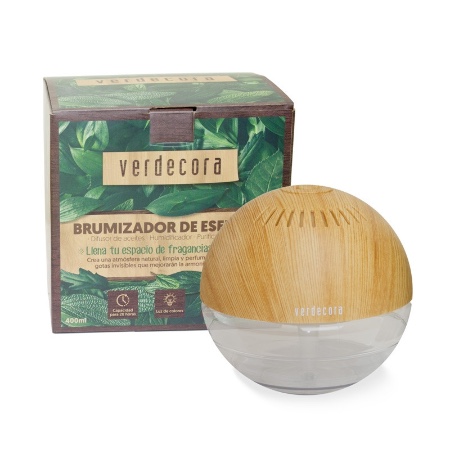
But what if we are not at home, how do we hydrate the air? Simple: arranging containers with water in the space where we have our plants. And here generosity will not play tricks on us: nothing happens neither by putting many nor because they are of a good size.
3. Change their location, a way to keep them safe
We usually bet on not moving our indoor plants from one place to another once we have found that place they like. And yes: although it may seem secondary, finding the perfect space for them is essential. However, that space in summer can play tricks on us. Because, despite the fact that in the winter months our pots may be enchanted near a window, it is more than likely that in summer the story will change.
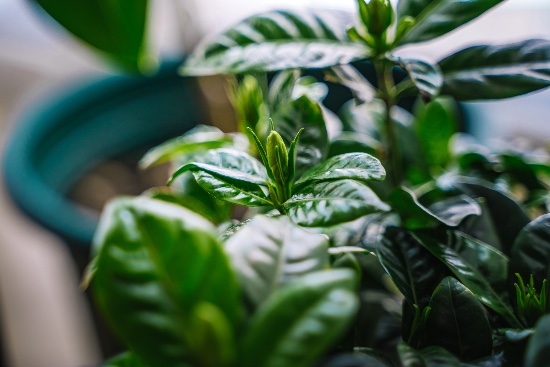
No matter how much we filter the light through a curtain, if our house has a sunny orientation, our plants will suffer from both the intensity of the sun’s rays and its temperature. So, even temporarily, a change of location is key to caring for indoor plants in summer. As key as knowing something important: avoid placing them near a wall. The walls tend to accumulate heat, so it is essential to avoid them as a support for our plants at this time of year.
4. Pot within a pot, a simple way to avoid heat
A trick as simple as it is effective. Introducing the pot in which your plant is planted inside a larger one is a perfect way to avoid heat. The outer pot will absorb it and, in addition, will give a certain shade to the one that guards our plant.
The ideal: opt for clay pots for it. They are ideal for these circumstances.
5. Fertilize your plants regularly so that they are healthy
Spring and summer are the two busiest times of the year for our plants. In both, they take the opportunity to grow or even flourish, so their demand for nutrients increases exponentially. Therefore, maintaining a regular subscriber pattern in both seasons is essential for their well-being. Only then will they be able to face the summer with the vitality and strength they need.
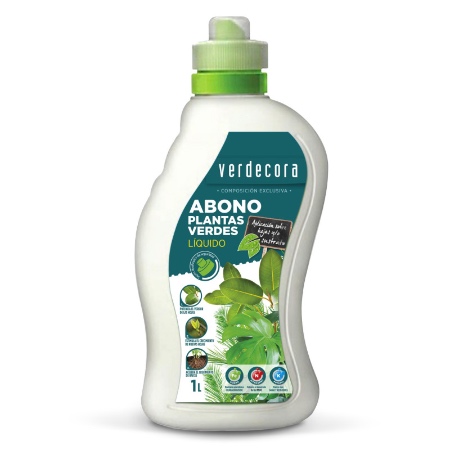
But it is not only for this reason that we have to be regular in the subscriber. Summer is also the peak time of the year for many indoor plant pests. And not just because these insects make their appearance with rising temperatures. In addition, the dry environment that we mentioned before is the ideal breeding ground for enemies such as the red spider. And, although it is true that fertilizer is not a shield against pests, it is also true that a strong and well-nourished plant has greater resistance to any external attack.

![Photo of Clivia Miniata: [Characteristics, Cultivation, Care and Disadvantages]](https://www.complete-gardening.com/wp-content/uploads/2022/08/clivia-miniata-characteristics-cultivation-care-and-disadvantages-390x220.jpg)
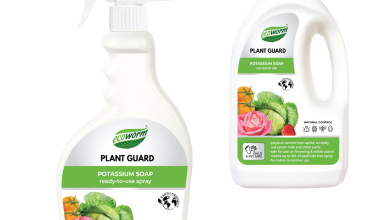
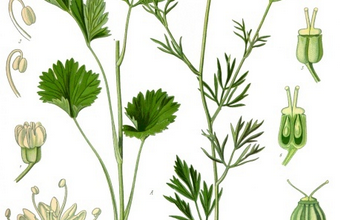
![Photo of Almond Harvesting: [Harvest, Collection and Drying]](https://www.complete-gardening.com/wp-content/uploads/2022/08/almond-harvesting-harvest-collection-and-drying-390x220.jpg)